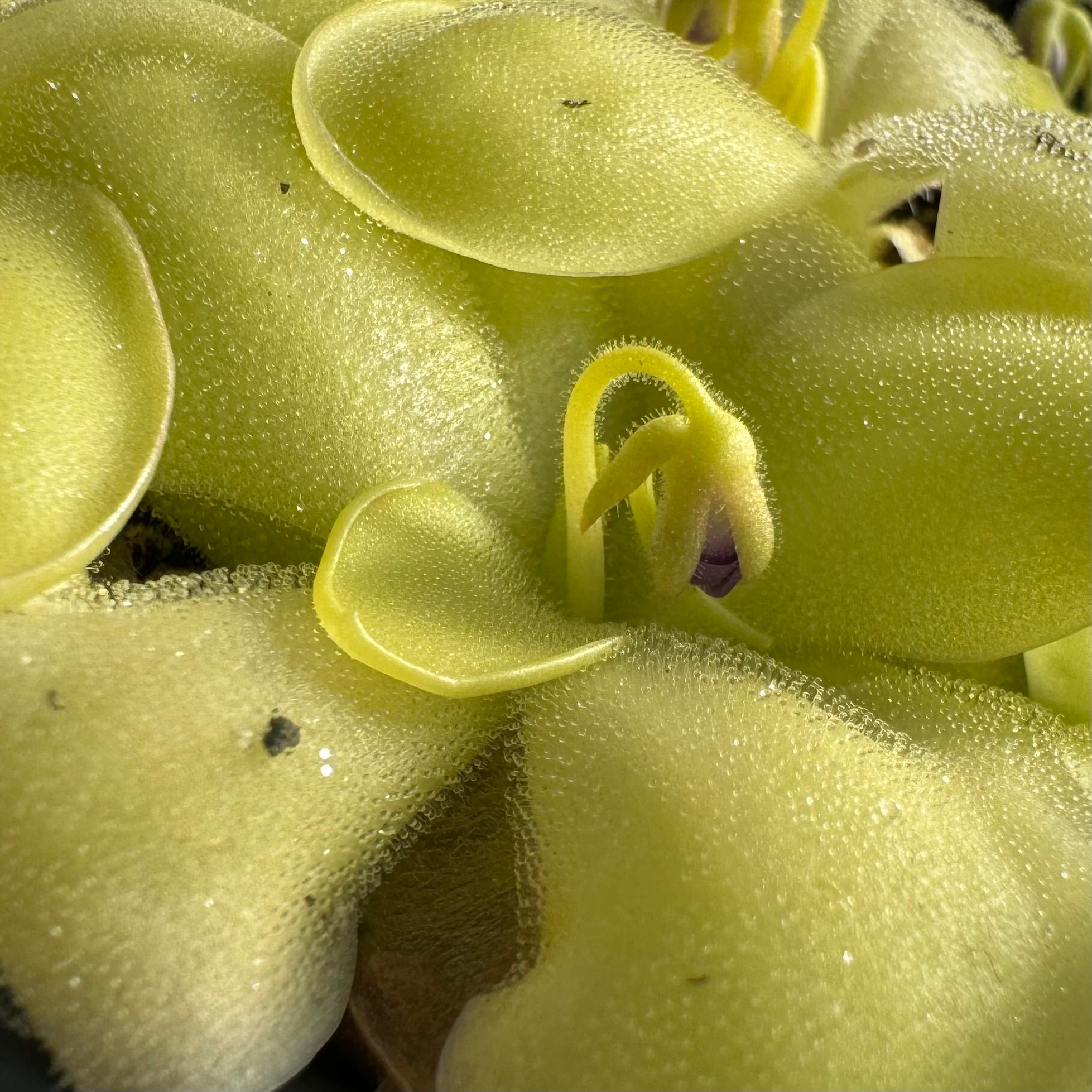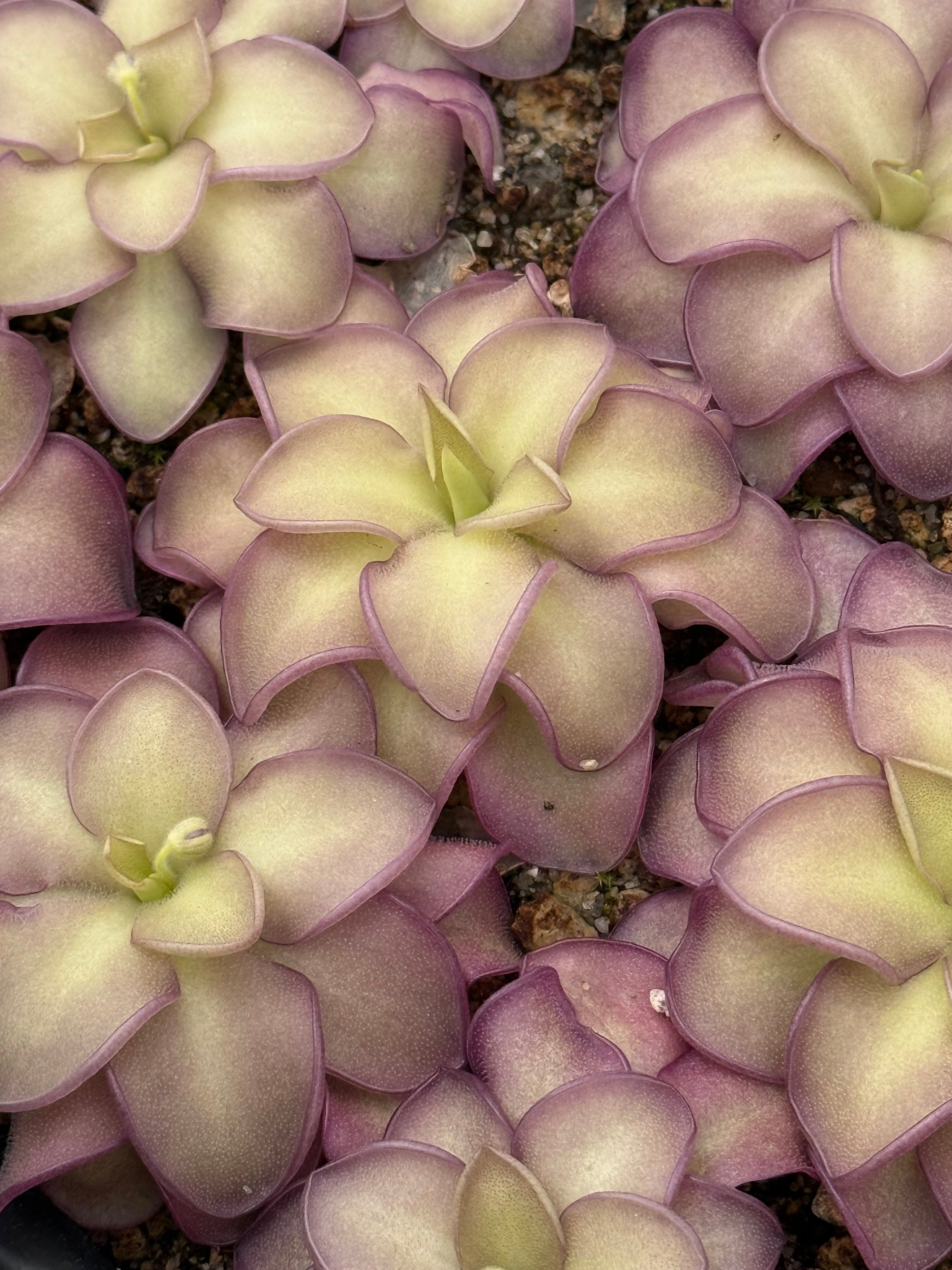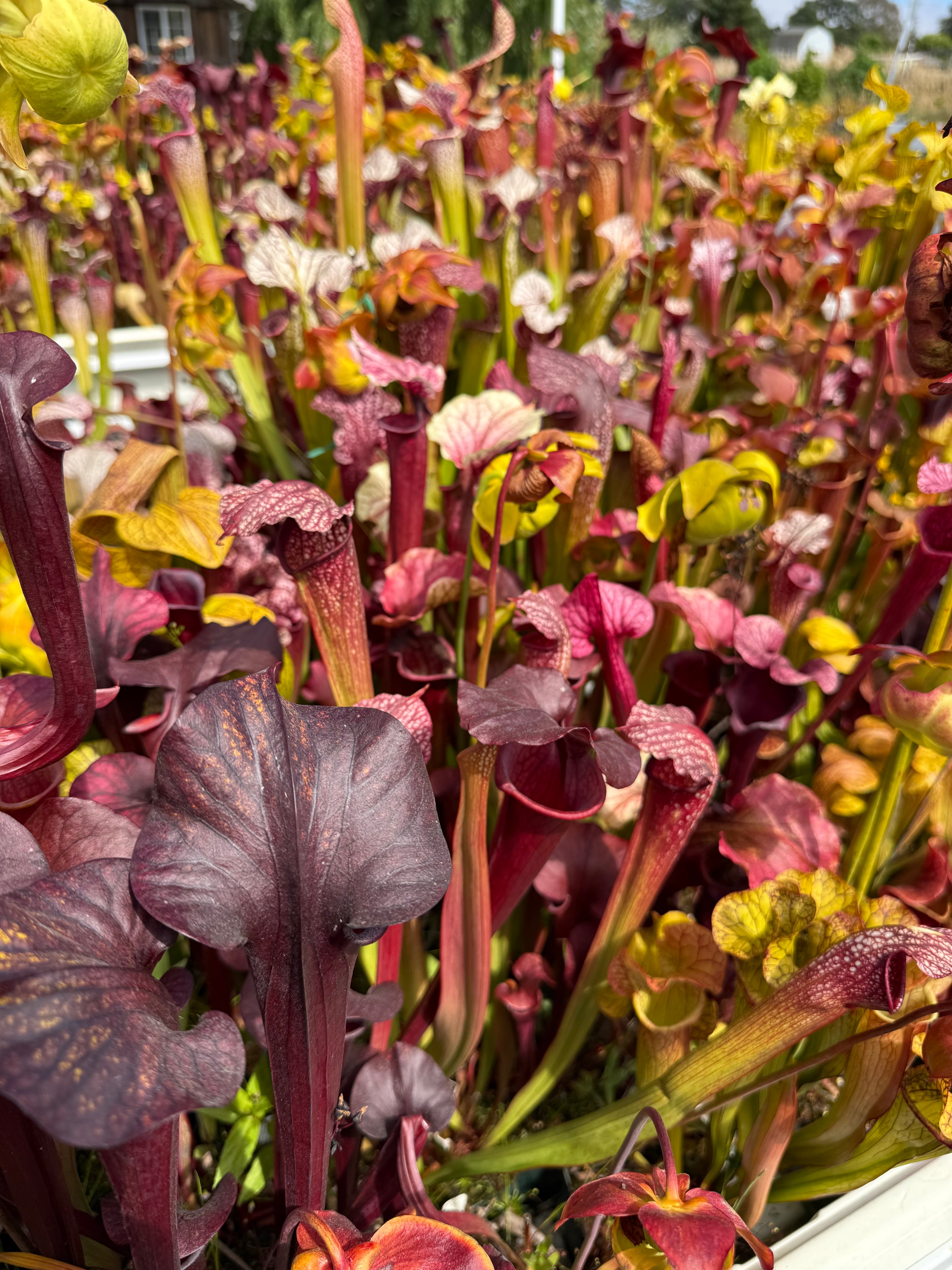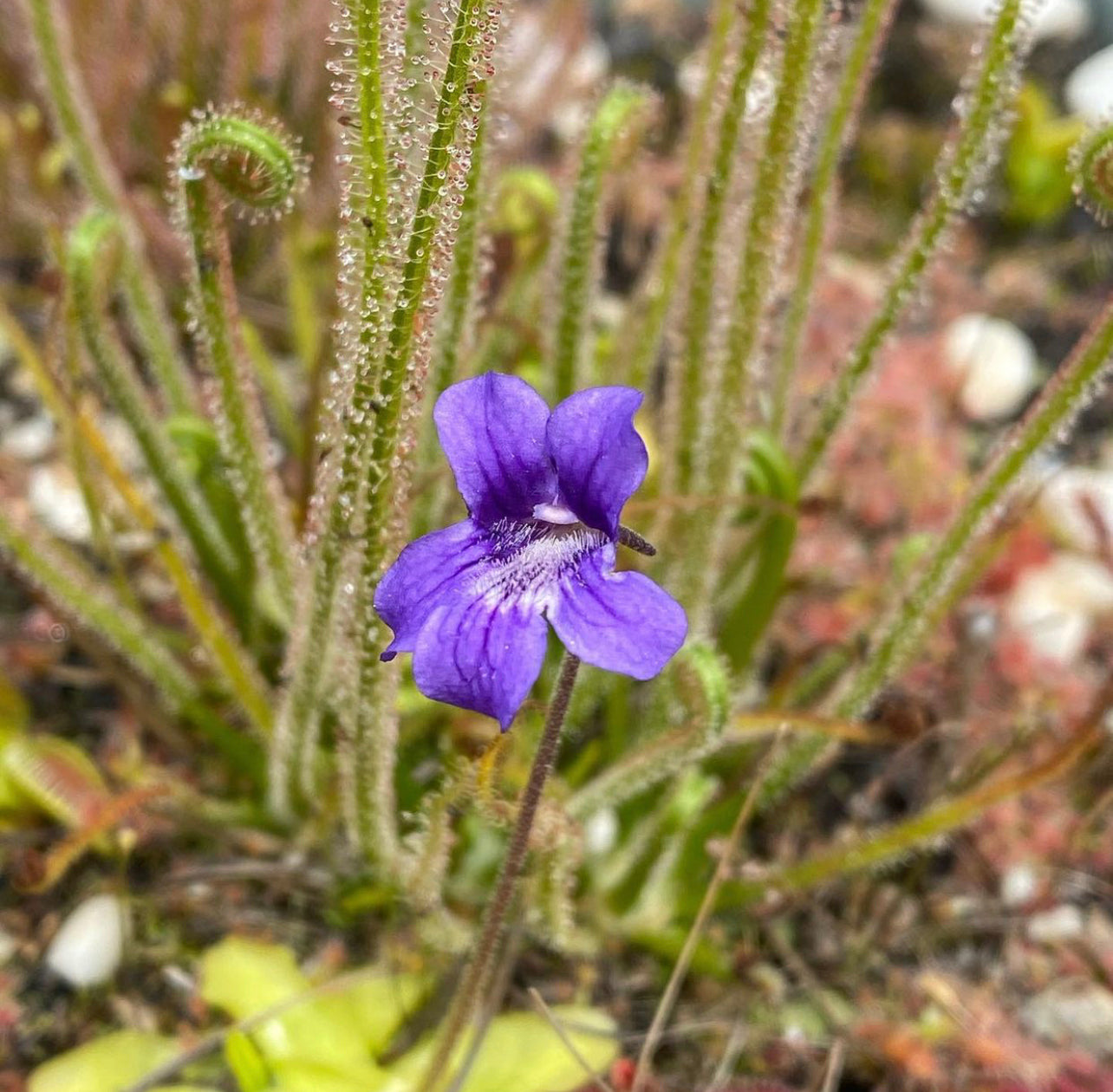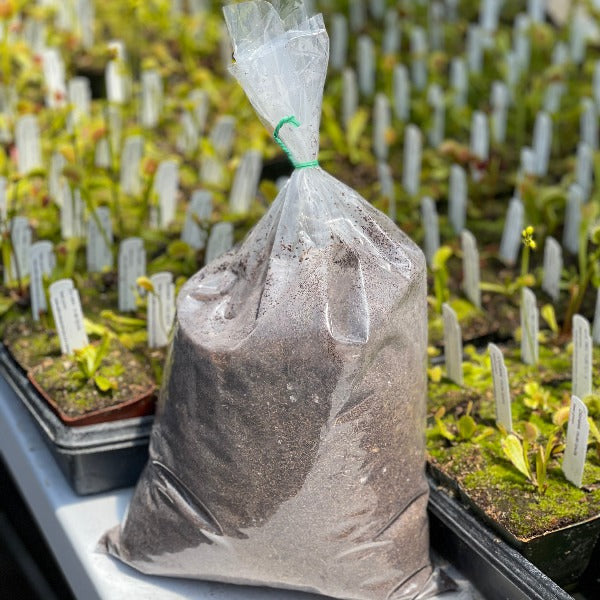American Pitcher Plants (Sarracenia) Growing Tips

Sun: Full sun. It is common for the lids of the pitchers to "burn" and die back when you first put it into the sun, it is just getting used to the full sun exposure and it will quickly grow new pitchers. If your pitchers aren't growing correctly i.e. looking stretched out and too green, it means they are not getting enough sun exposure.
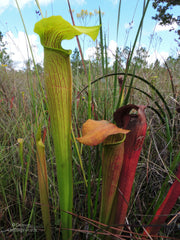 Water: Always keep them sitting in a saucer with a few inches of distilled, rain or reverse osmosis water, they do not want to dry out.
Water: Always keep them sitting in a saucer with a few inches of distilled, rain or reverse osmosis water, they do not want to dry out.
Temperature: These are warm-temperate plants meaning that they need warm summers and chilly winters. They should be grown outdoors year-round in areas with mild winters. They can thrive in temperatures ranging from 20 degrees - 80 degrees and can even take freezes and temperatures up to 100 degrees for brief periods. If you live in an area with very cold winters, they may be overwintered on a windowsill in an unheated room or garage.
Dormancy: Sarracenia need to go dormant in winter to continue to live and to thrive year after year; it is essential to their health. A combination of exposure to shorter photo periods and colder temperatures from October to February triggers this dormancy. During dormancy many of the pitchers turn brown and die back. In spring the plant begins to grow vigorously again. If nighttime temperatures do not dip below 20 degrees you should leave them outdoors for the winter. If temperatures are too cold for this the plants can be overwintered on a sunny windowsill in an unheated room or garage. If this is not available you can bare-root the plants, wrap the roots in a little damp sphagnum moss, place them in a plastic bag and put them in the refrigerator until spring.
Soil: Ou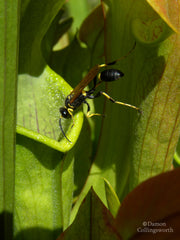 r Peat and Perlite Mix is four parts fertilizer free peat moss to one part perlite. Never pot them into regular potting soil as the nutrients and fertilizers will kill them over time.
r Peat and Perlite Mix is four parts fertilizer free peat moss to one part perlite. Never pot them into regular potting soil as the nutrients and fertilizers will kill them over time.
Fertilizing/Feeding: If grown outdoors, they will catch all of their own food. MaxSea fertilizer can also be applied, once per month, to the leaves and pitchers of the plant. Avoid pouring through the soil.
Share


